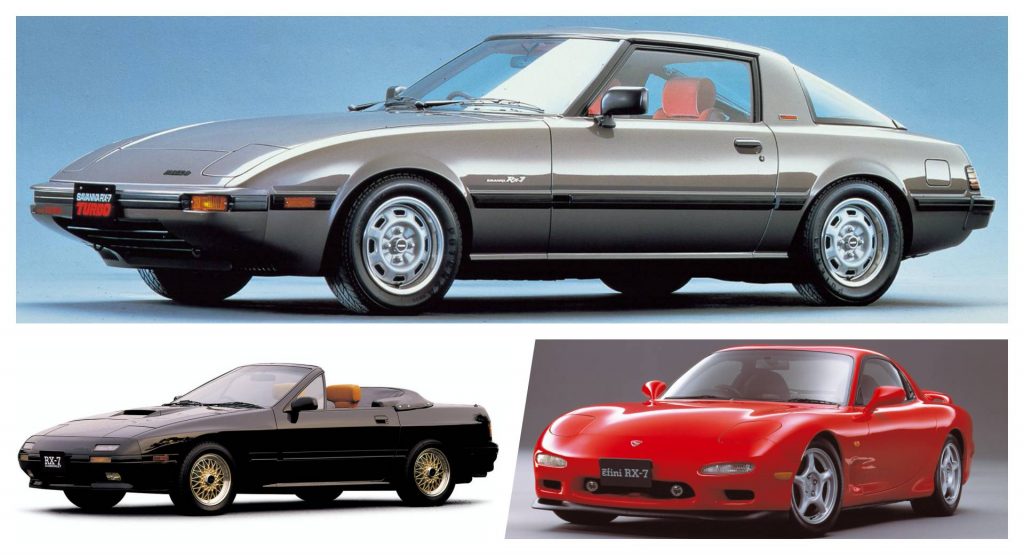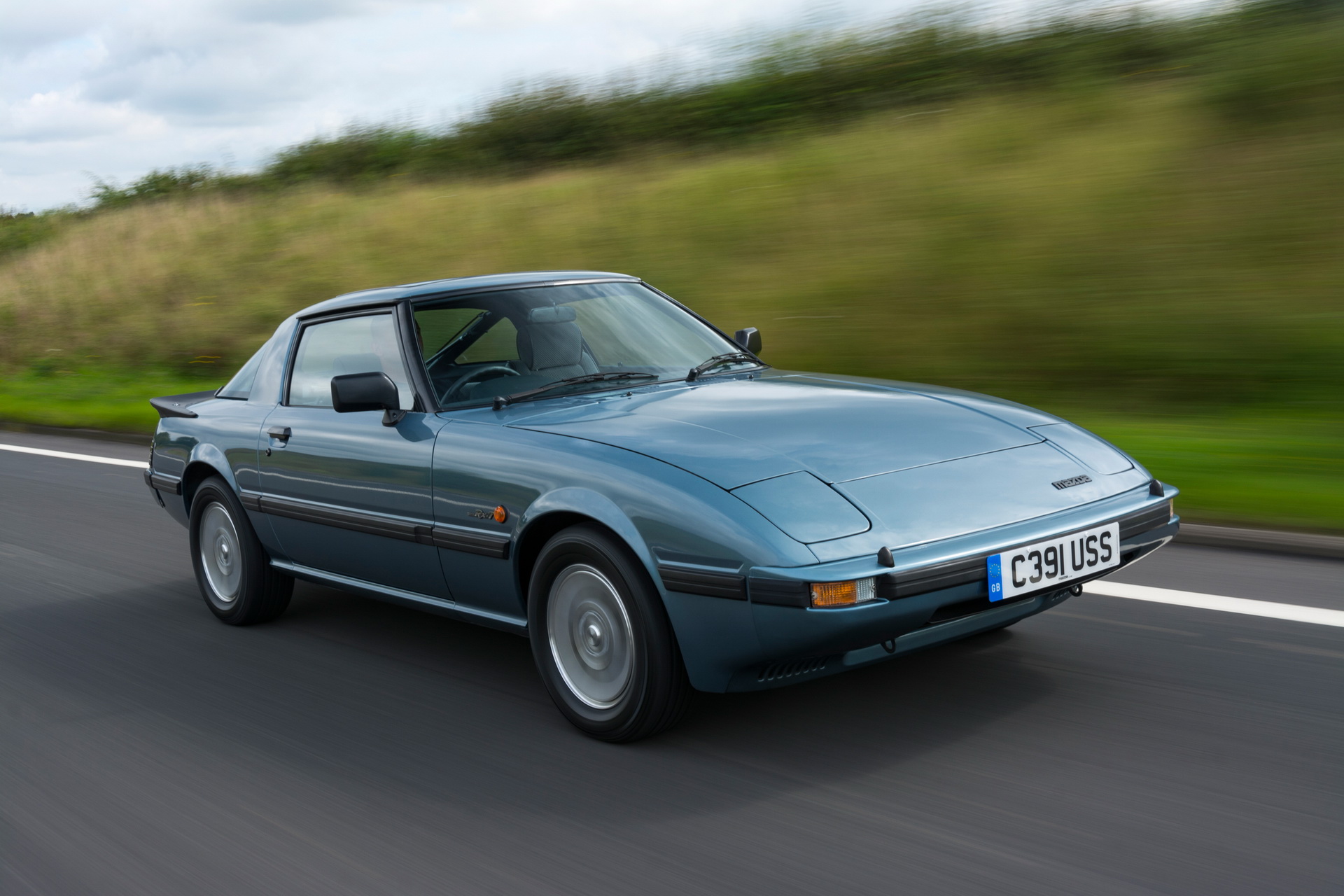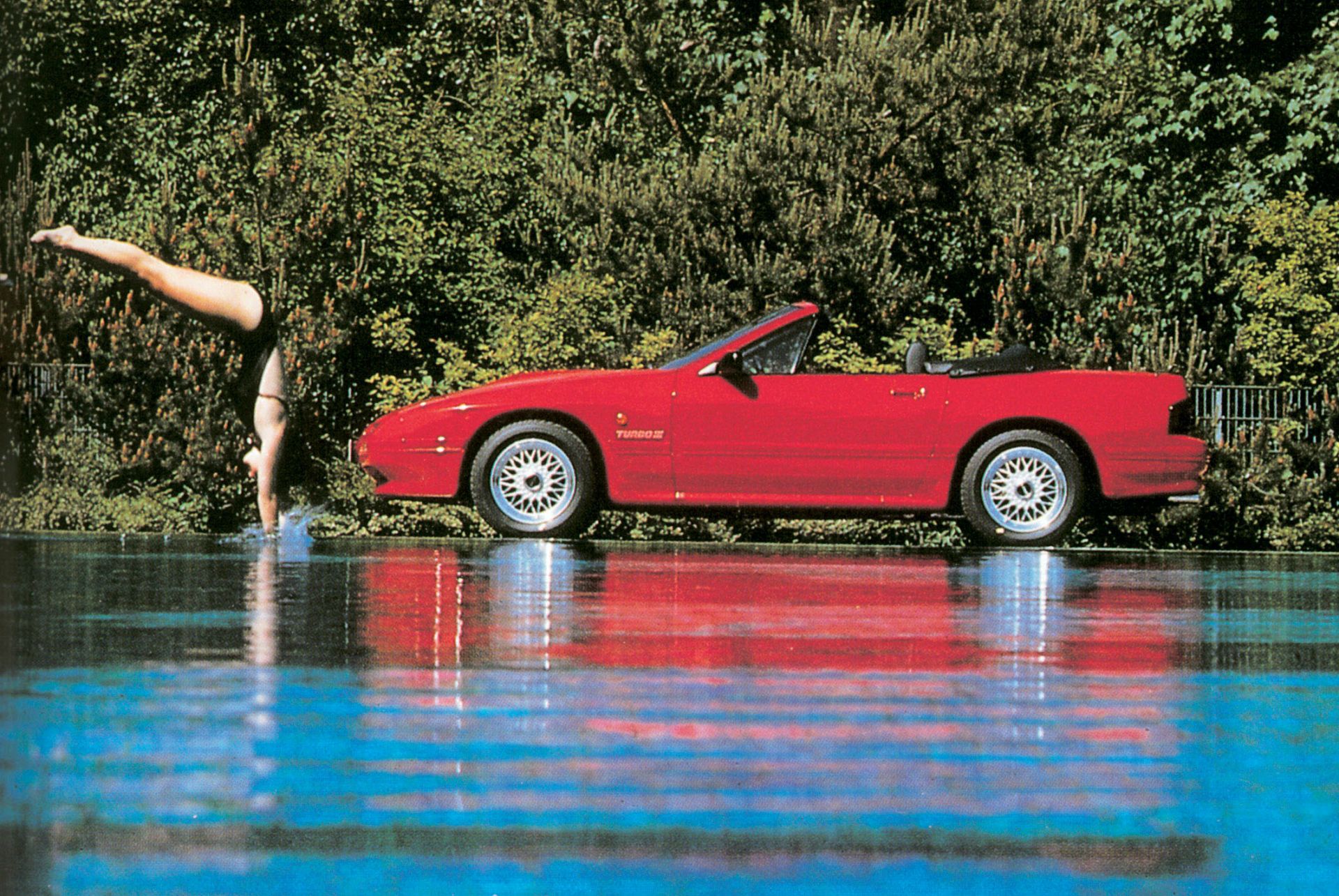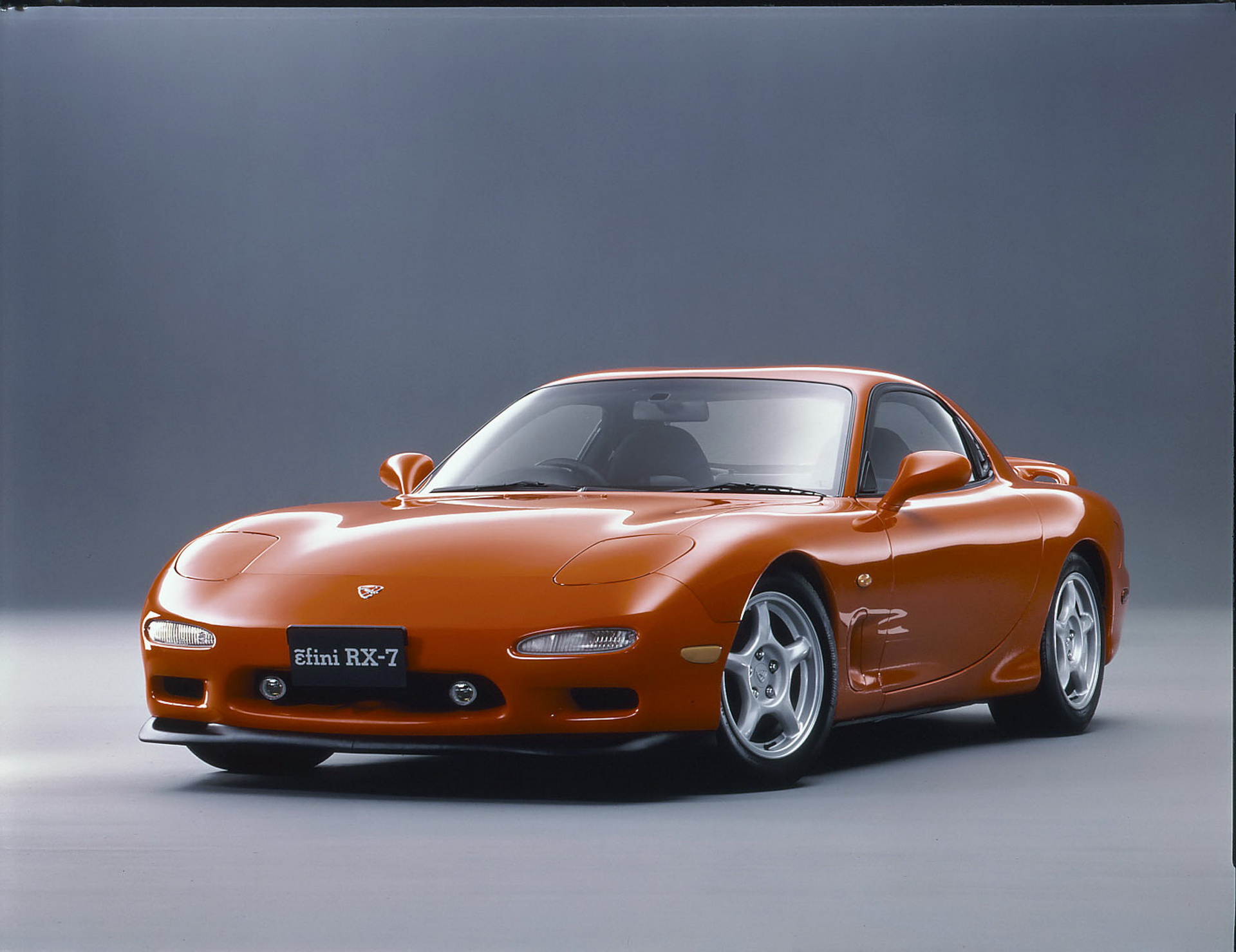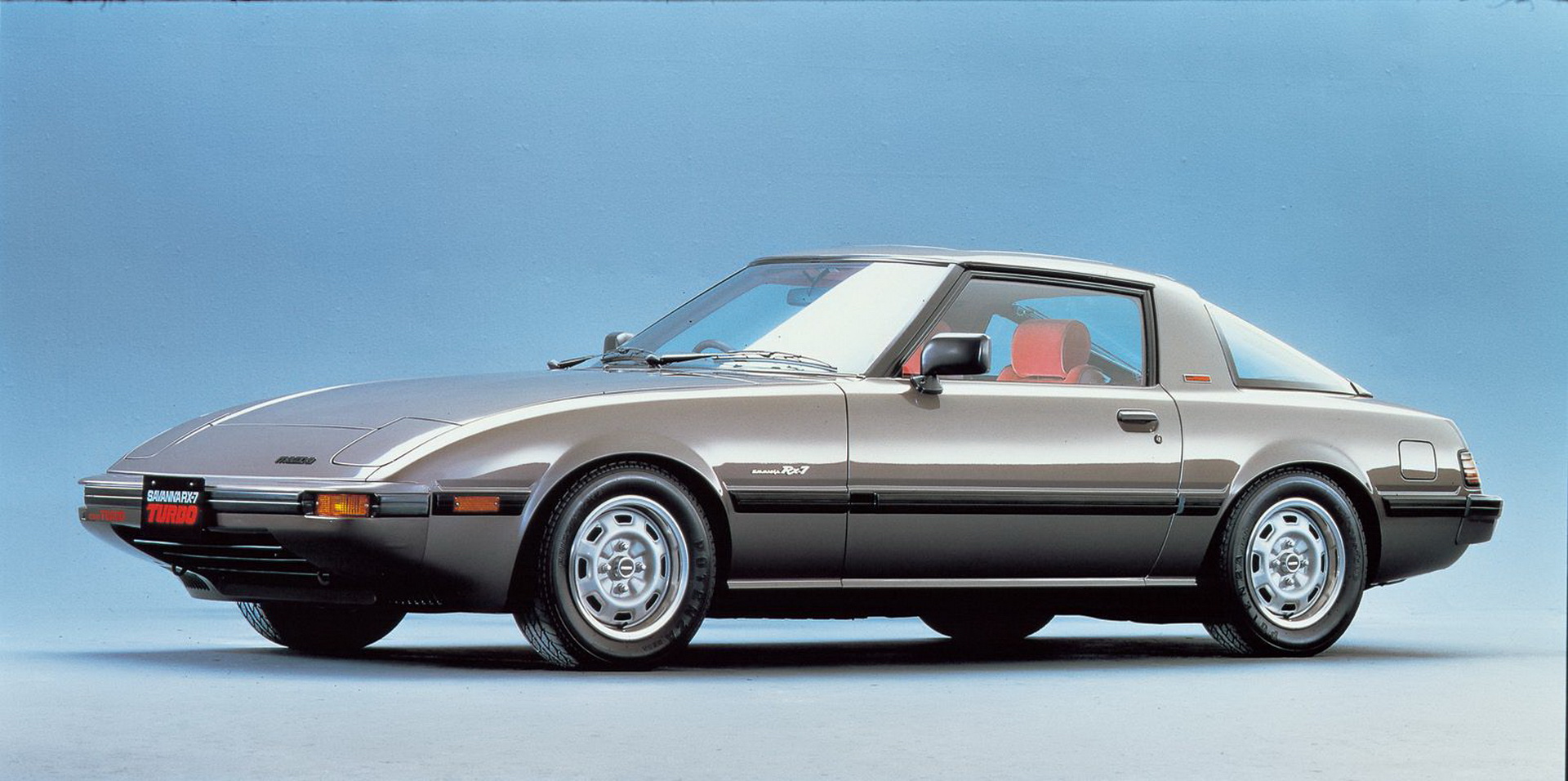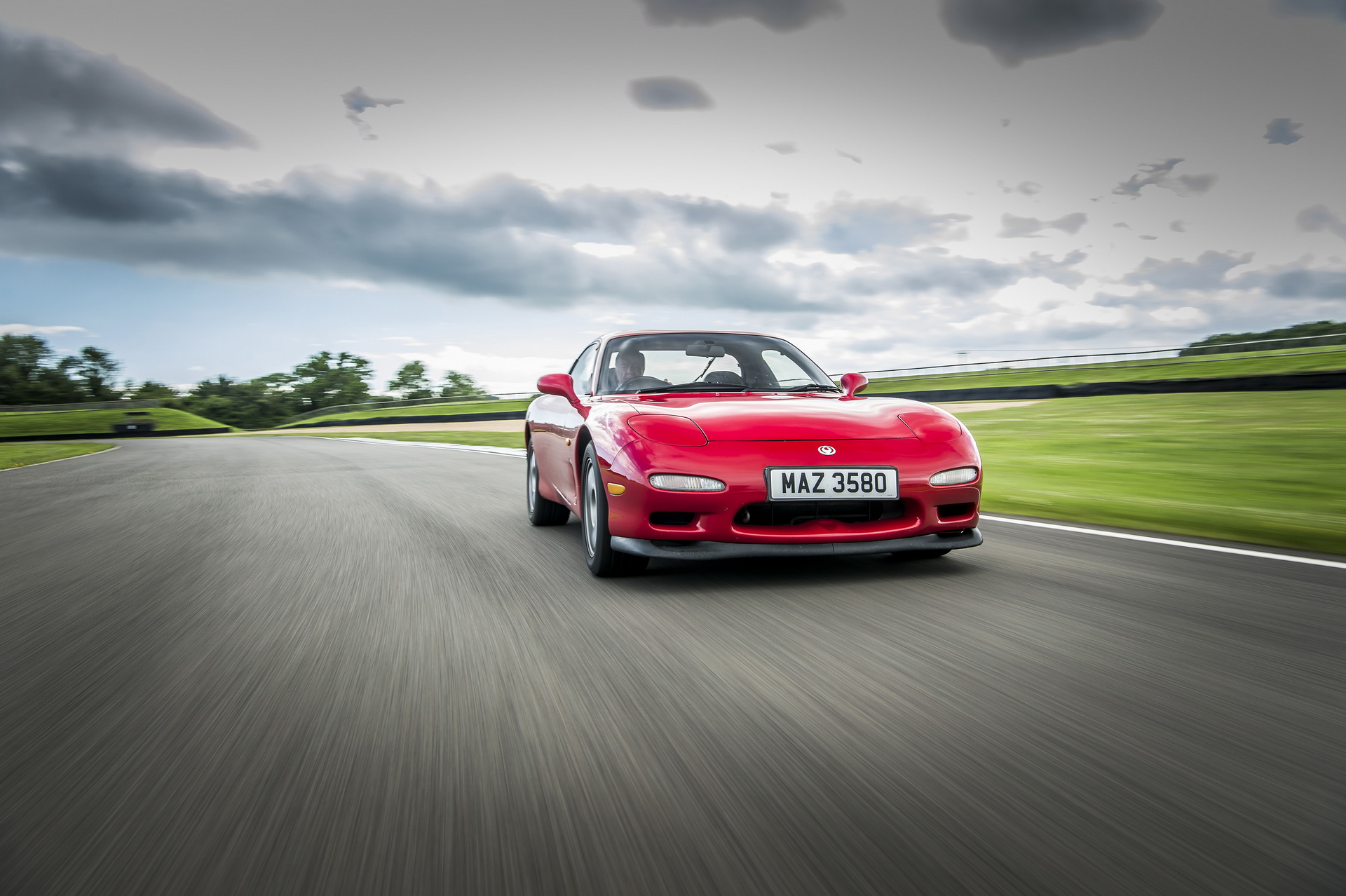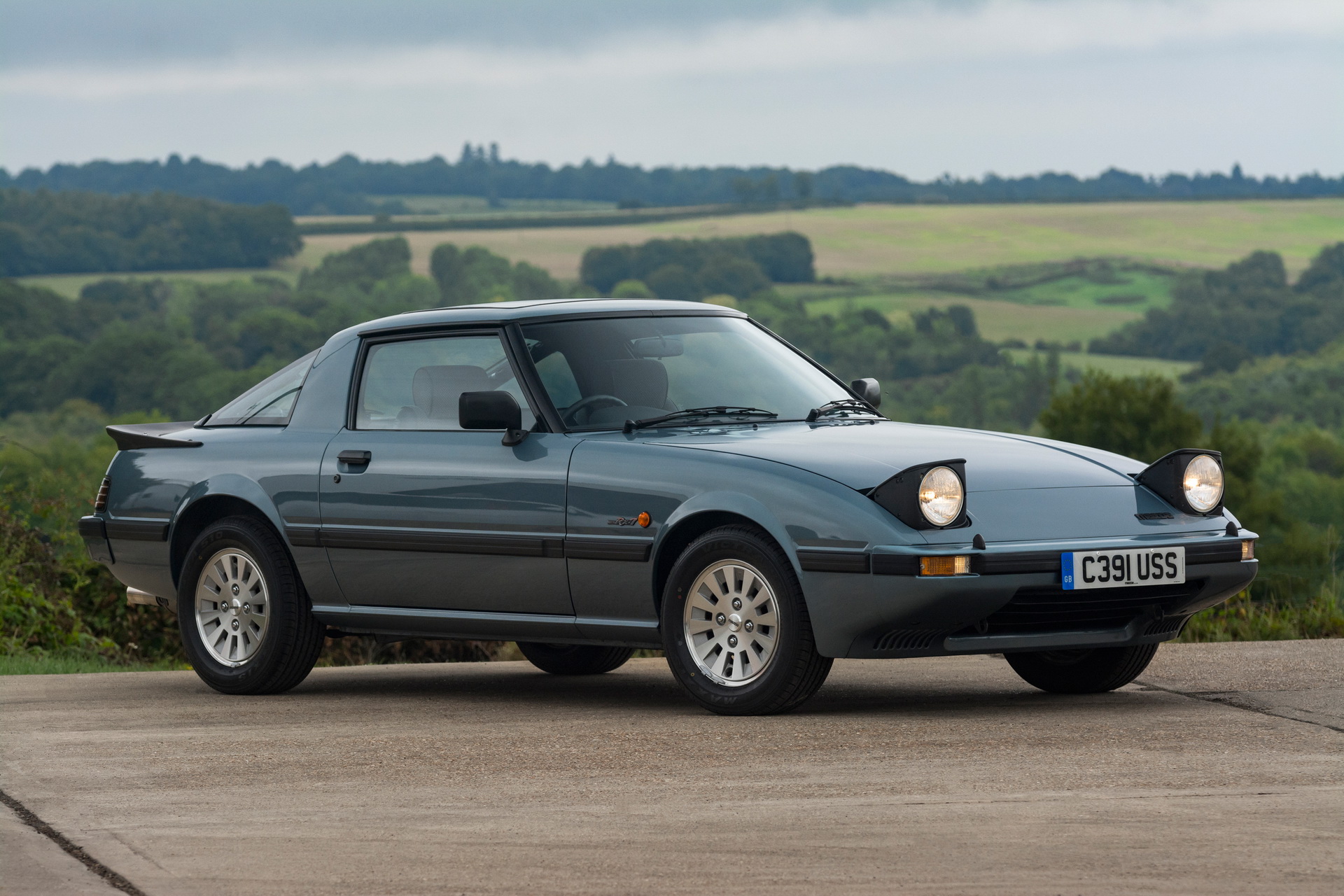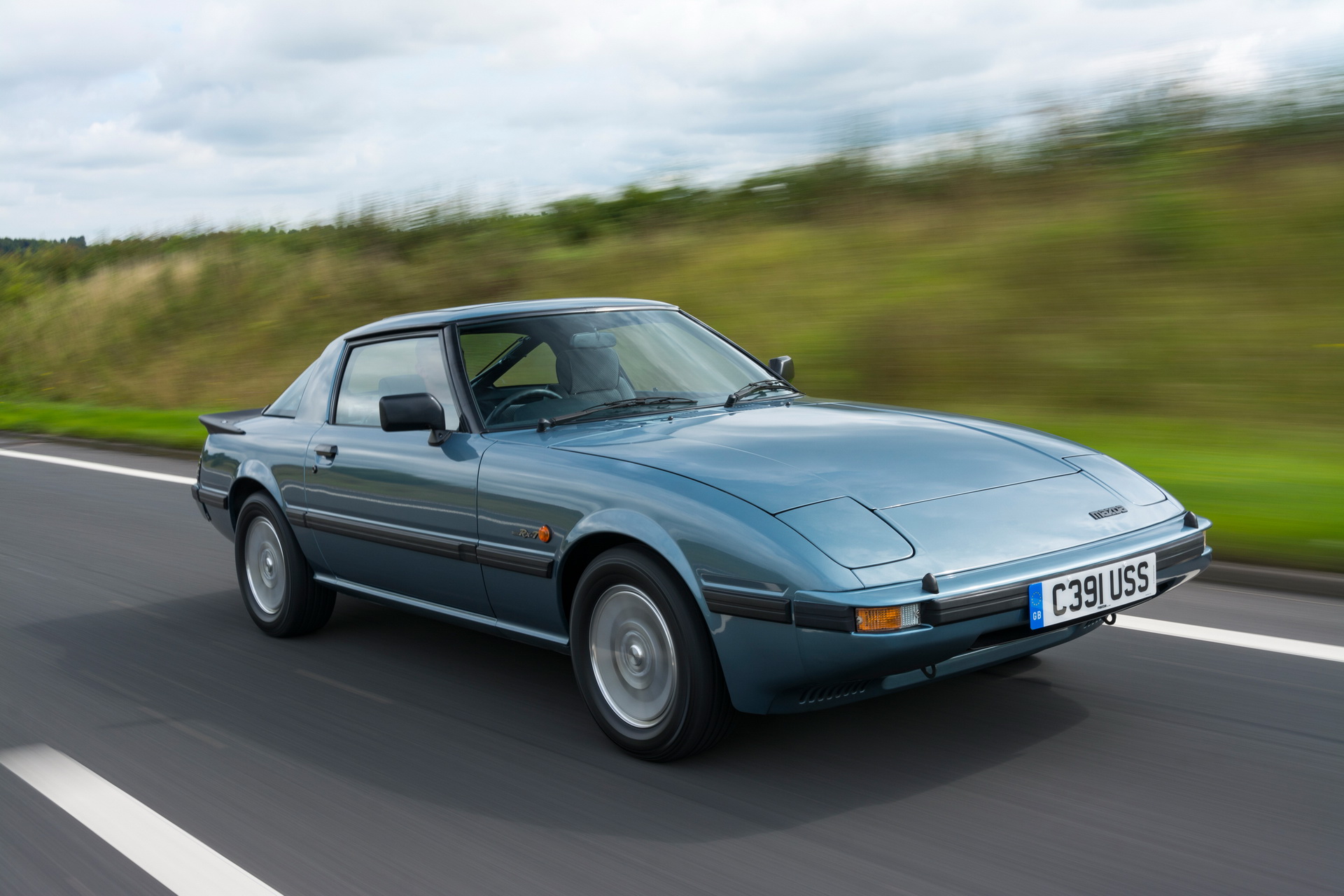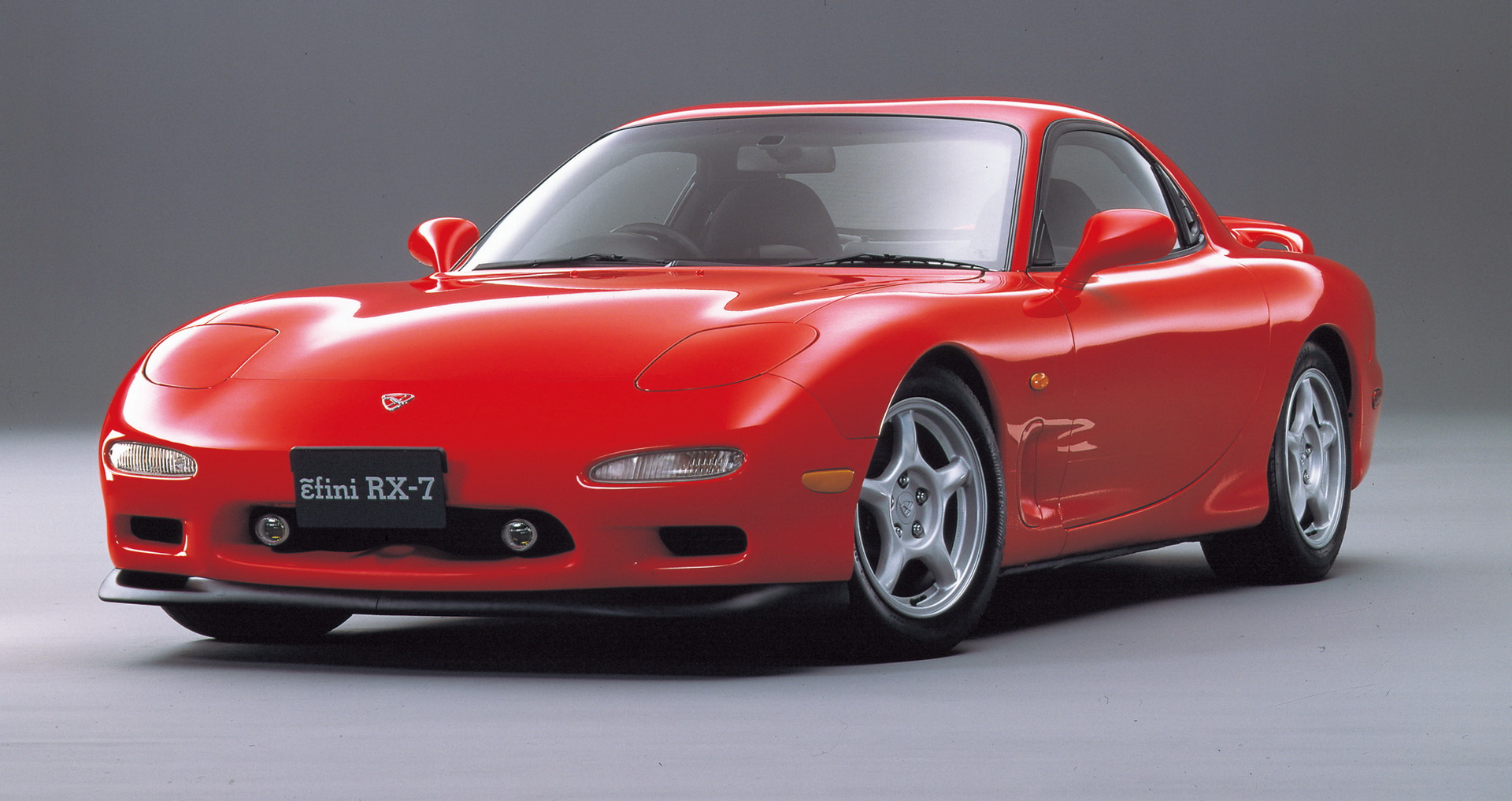When one thinks of rotary engine-powered cars, the Mazda RX-7 is definitely the first that comes to mind.
Few cars in history have been so closely associated with their power plants as the RX-7 has. From its launch in 1978 as Mazda’s first mass-market sports car to its final production year in 2002, the Mazda RX-7 has brought the rotary engine into the limelight, using it as a unique selling proposition compared to the competition.
See Also: Mazda Celebrates 100 Years Of Zoom-Zoom (394 Photos)
Across three generations, Mazda sold 811,634 RX-7s, way more than any other rotary-powered model before and after it. So what was its secret? Well, it was a combination of factors, the most important being the joy of driving, the lightweight design and… the rotary engine. In the year that marks its 100th anniversary, Mazda looks back at the three RX-7 generations. Here we go.
Mazda RX-7 ‘FB’: 1978-1985
The first RX-7 generation went on sale in 1978 in Japan before arriving in Europe the following year. With a curb weight of just over 1 tonne (2,205 lbs), it was powered initially by the 1,146-cc twin-rotor 12A engine that delivered between 100 PS (99 HP) and 135 PS (133 HP).
Add to that the front mid-engine layout, near-perfect weight distribution and rear-wheel drive configuration and it’s easy to see why the RX-7 became an instant sensation. It delivered amazing handling, offering a special connection between the driver and the car.
It also punched well above its price class, especially when Japan’s 160 PS (158 HP) turbo version and North America’s fuel-injected 1,308-cc 13B power plant launched. The original RX-7 was by far the most successful generation, with more than 470,000 units produced.
Mazda RX-7 ‘FC’: 1986-1992
The second-generation RX-7 took things further by adopting a Porsche-inspired design and a number of performance improvements. Those included turbocharging and Mazda’s DTSS (Dynamic Tracking Suspension System). The automaker realized that forced induction was very well suited to rotary engines thanks to their exhaust flow characteristics, and it proved quite effective at boosting mid-range torque too.
The Mazda RX-7 FC made the 1.3-liter 13B engine standard for all markets, even though the sports car initially offered a naturally aspirated 150 PS (148 HP) engine in Europe. Twin-scroll turbo versions eventually followed with 180 PS (177 HP) and later 200 PS (197 HP). The higher-powered model did 0-100 km/h (0-62 mph) in 6 seconds and reached a top speed of 240 km/h (149 mph).
The RX-7 FC was the only generation available in a convertible body style in addition to the coupe. In total, Mazda sold more than 270,000 second-generation RX-7s.
Mazda RX-7 ‘FD’: 1992-2002
The third and final generation arrived in 1992, cementing the RX-7’s status as a genuine performance car. That was mostly due to the new sequential twin turbocharger which boosted the 13B engine’s output to 239 PS (236 HP) on the European model. Many fans view the FD as the best handling of all RX-7s and there’s no doubt it was the quickest. 0-100 km/h took 5.3 seconds and the top speed was limited at 250 km/h (155 mph).
This put the 1,300-kg (2,866-lbs) two-seater sports car in a league with high-end sport cars. Unfortunately, by 1996 the RX-7 was discontinued in most of Europe due to emissions regulations. That did not stop Mazda from producing the RX-7 for other markets, with the JDM model getting as much as 280 PS (276 HP) towards the end of production in 2002. By then, Mazda has sold more than 68,000 RX-7 FDs. The RX-7’s spirit lived on with the Mazda RX-8 launched in 2003.
What about the future?
As the automaker which supported the Wankel rotary engine the most, Mazda sadly no longer builds cars powered by such power plants. However, the recently-unveiled MX-30 electric crossover is likely to offer the option of a small rotor engine as a range extender from 2021. Poor consolation, indeed.



